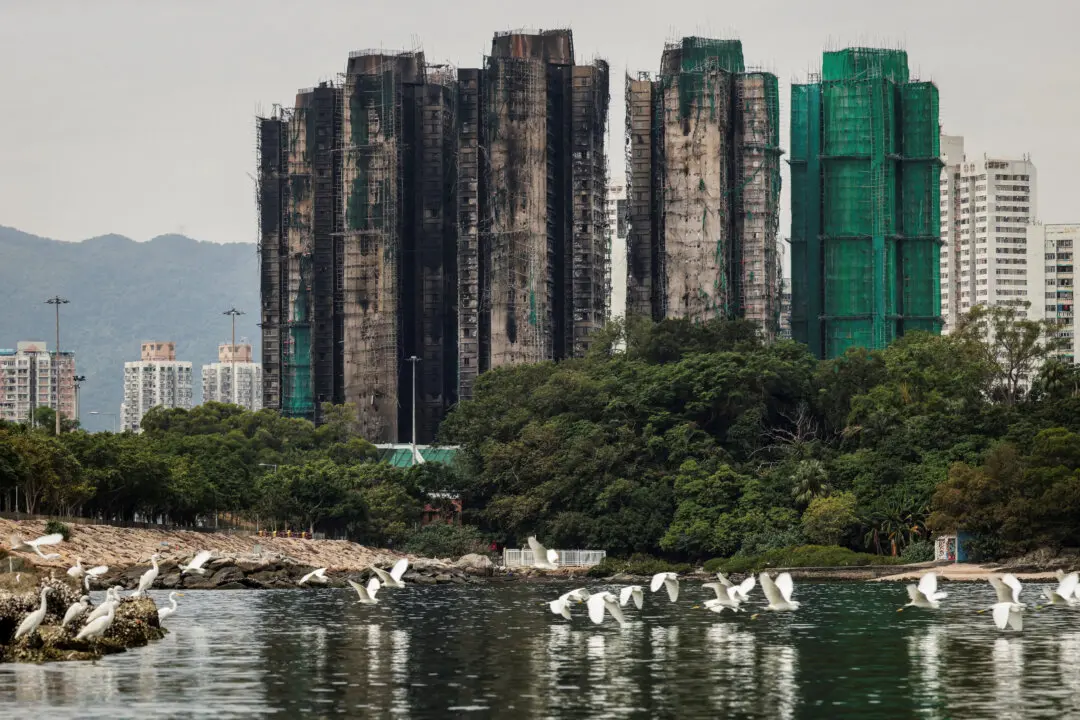New wind and nuclear power will be “wasted” unless the electrical grid has enough capacity to transmit them, the government has been told.
The Department for Energy Security and Net Zero said on Friday that it welcomes the report submitted by Electricity Networks Commissioner Nick Winser on how the UK can halve the time needed to build transmission infrastructure, which currently takes around 12 to 14 years.





